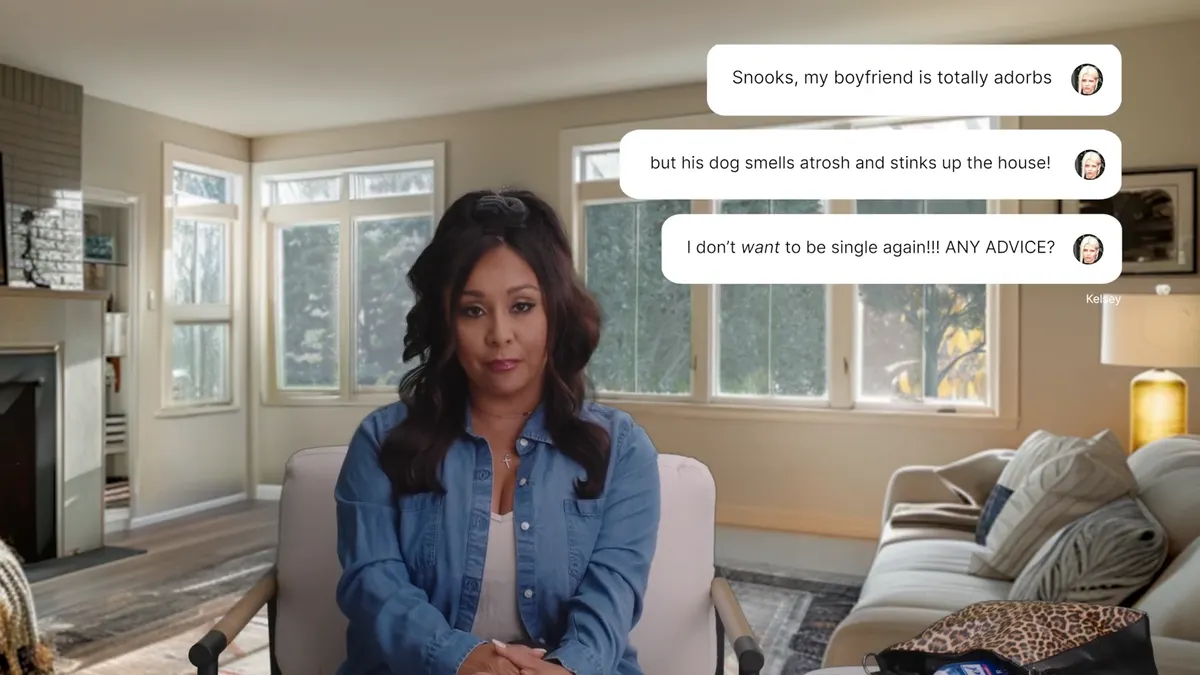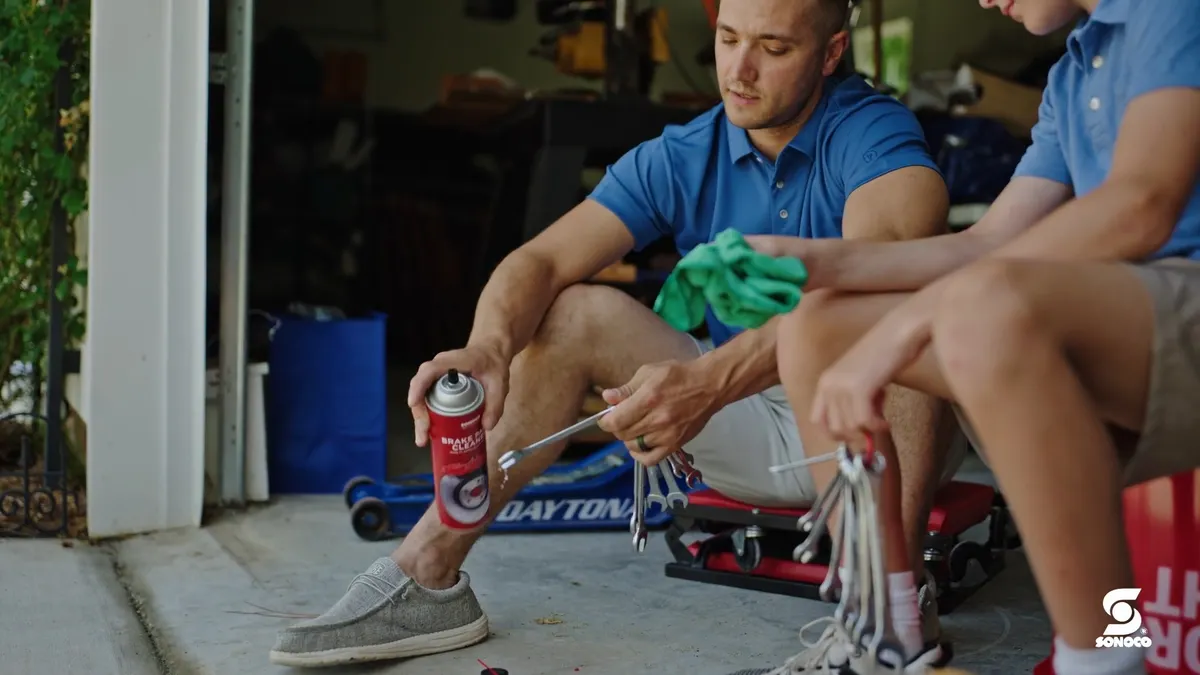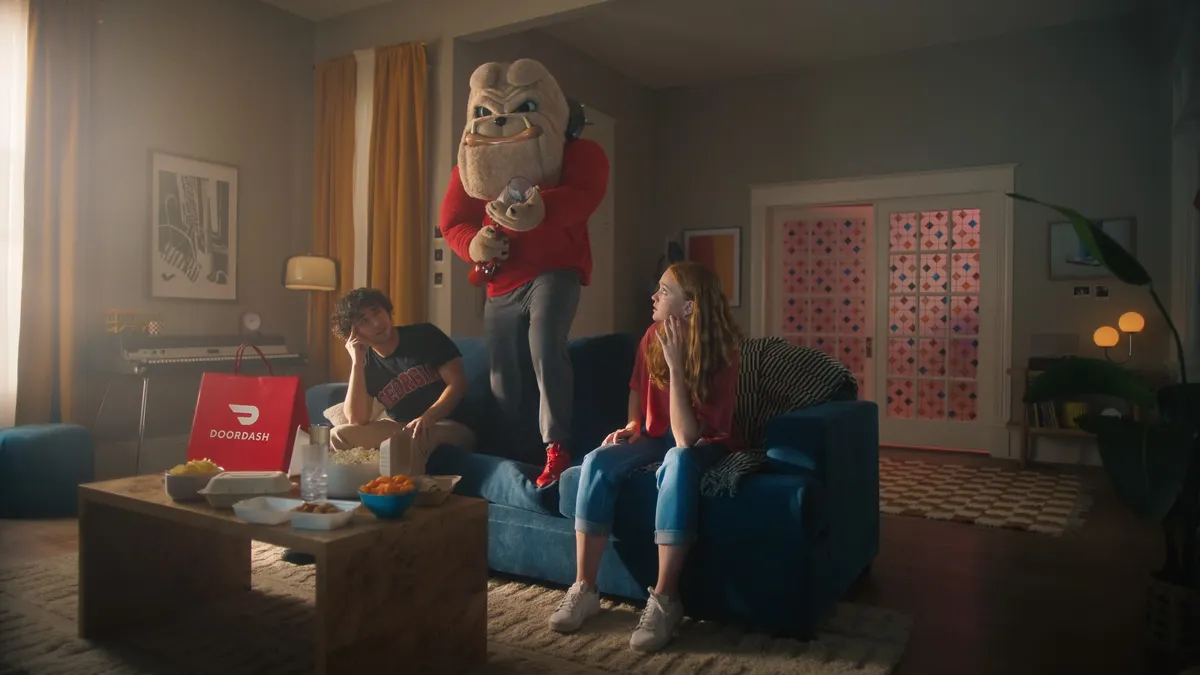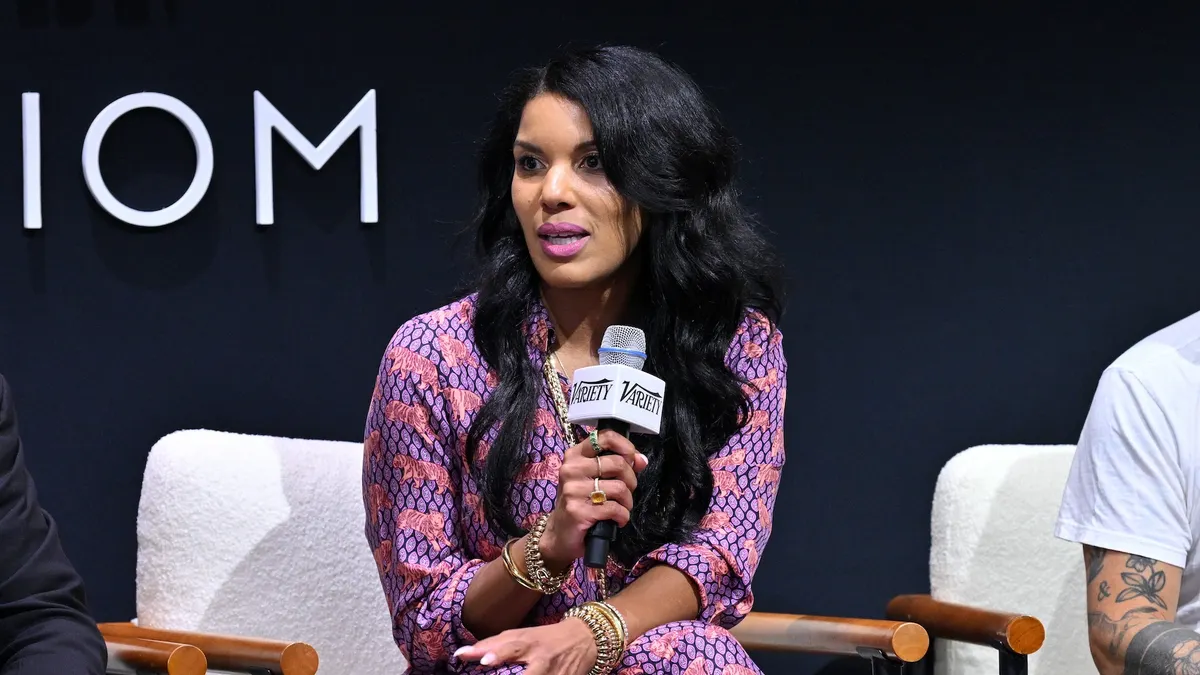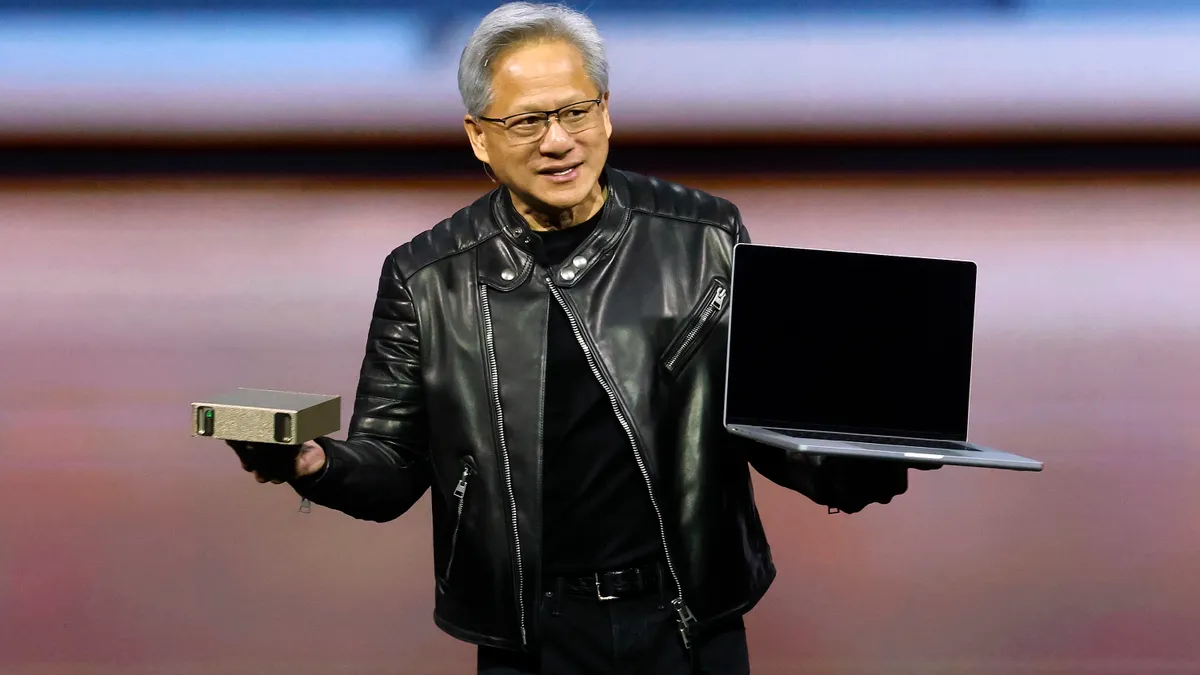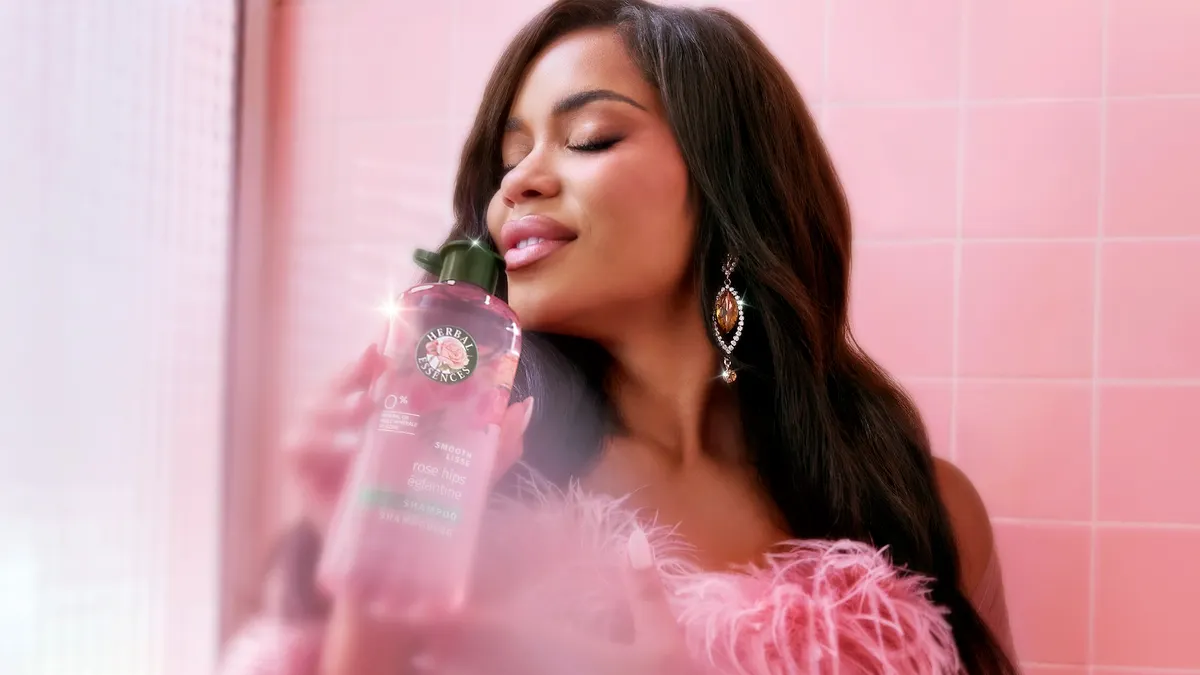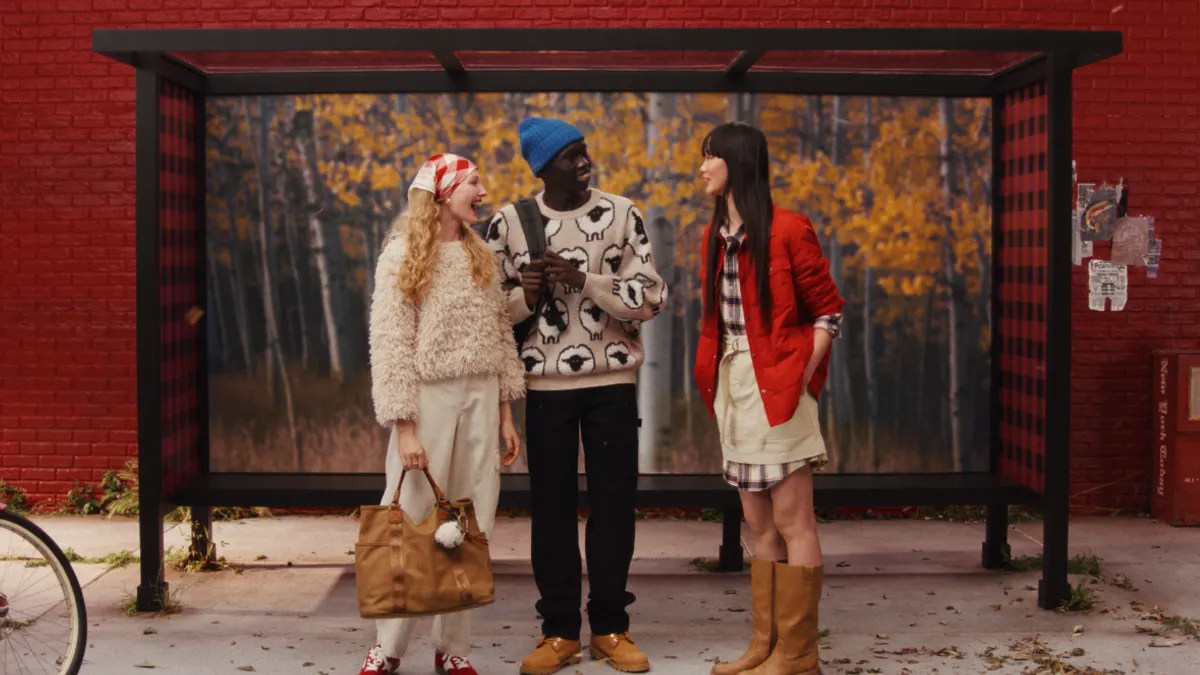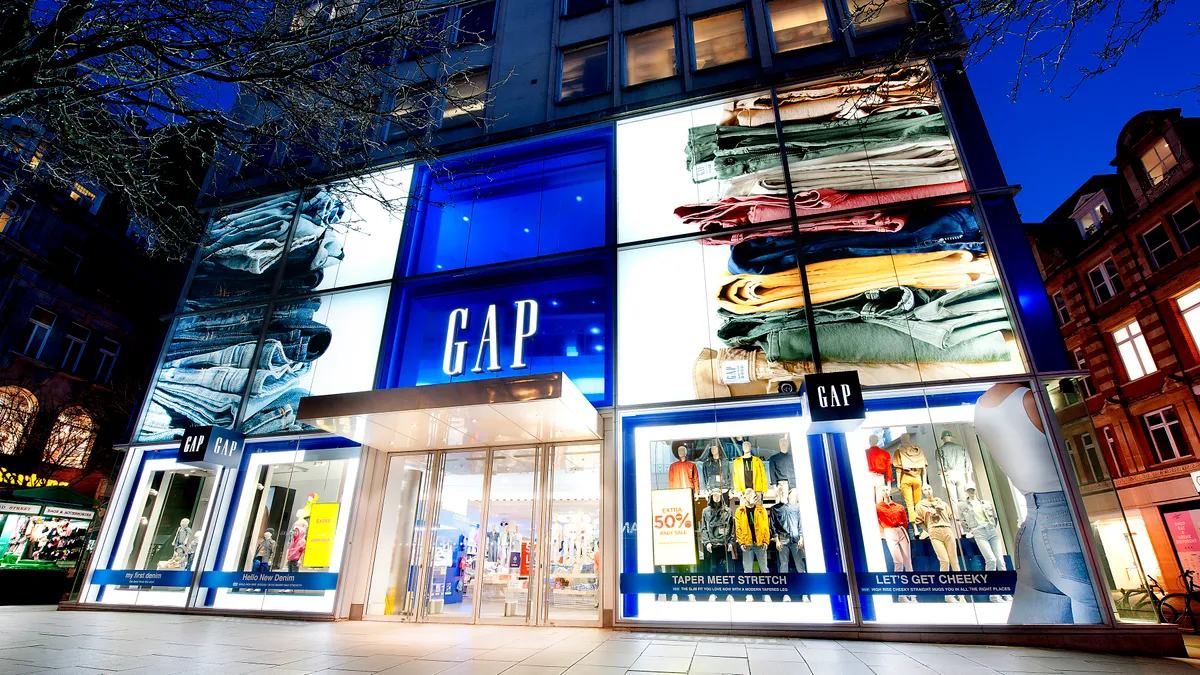In recent years, the trend of purpose-driven marketing has evolved into a greater focus on brand activism, as brands weigh in on often controversial and political topics that are at the heart of the cultural conversation. When done well, it's a strategy that resonates with consumers: Nearly half view the trend positively, about a third believe it can help bring real change, and more than half say brand activism impacts purchasing behavior or brand impression, per a recent Piplsay survey.
However, getting brand activism right by supporting meaningful change and connecting with consumers is not easy, and requires a thoughtful, authentic approach and buy-in throughout corporate structures, executives at Procter & Gamble and beauty brand Lush said during the MMA Global's virtual Impact conference this week.
"We have a mantra internally that 'the consumer is boss.' In everything that we do, we put the consumer at the center, so we do a ton of listening and a ton of research," said Eric Austin, senior director of global brand building and media innovation at P&G. "The elements that create authenticity [are] when consumers make that connection of why it makes sense for your company and then having the insight [to] be truthful."
Get in at the grassroots
For Lush, activism is part of the company's DNA, with two of its founders having worked against animal testing prior to launching the British beauty brand. Still, brand activism requires time for the company, with campaigns taking anywhere from several months to three years to journey from idea to execution. And the first step is always to meet with the nonprofit organizations working on causes every day, and seeing if partnering with Lush makes sense.
"It's not ever our place to decide what the message is, or to say that we know any better than those organizations doing the work," said Carleen Pickard, ethical campaigns specialist for Lush Cosmetics NA.
"It's not ever our place to decide what the message is, or to say that we know any better than those organizations doing the work."

Carleen Pickard
Ethical campaigns specialist, Lush Cosmetics NA
In 2017, that approach yielded a campaign with the National Center for Transgender Equality (NCTE) that focused on trans rights.
"We asked them very specifically at that time, what is the useful message — knowing that we have millions of people that cross into our stores every day and come across our channels — what would be useful for them?" Pickard explained.
The result was a campaign focused on allyship, with a printed booklet and a series of videos designed to uplift trans voices, including one video that featured trans and nonbinary staff who volunteered to help share the message, "trans rights are human rights."
The need to engage at the grassroots level, work from there and eventually establish "street cred" was echoed by P&G's Austin.
"Consumers are very savvy these days. They really can see through things that are not authentic, and that's where brands tend to get into trouble: when they don't have the right insight. They have not done the roll-up-the-sleeve work in the community before they start to go big and broad," Austin said.
Sewn in, not bolted on
Part of being authentic in brand activism is applying the principles of the cause to the company itself. As part of its trans rights campaign, Lush made changes to how it operated internally to be more trans inclusive and a safer space — ideas brought to them by partner organizations.
"It only works when all of the company is behind the issue that we're talking about," Pickard said.
Still, linking a brand so closely with other organizations around emotionally fraught social issues can come with potential pitfalls. Lush in 2020 apologized for making donations to two women's rights groups in the U.K. that had expressed anti-trans views.
P&G has made diversity and inclusion a priority for years. The company recently expanded its long-running efforts to address racial bias and misrepresentation in the ad world with the new "Widen The Screen" initiative, which is focused on the inclusion of Black creators across advertising, film and television industries. The initiative flowed from P&G's status as an "advertising machine," Austin said.
"We want to make sure it's built into the fabric of the company versus bolted on."

Eric Austin
Senior director of global brand building and media innovation, P&G
"We put a lot of content into the ecosystem, and a lot of that content helps shapes the perception of different communities, so we have a responsibility to make sure that we have an accurate portrayal of those people. And also, given the money that we spend on this, we can have a large impact in the representation in the creative ecosystem," Austin said.
Meeting consumer needs with brand activism isn't a one-size-fits-all proposition. P&G has a "very senior team" that determines what makes sense for the brand to engage in and what to skip, according to Austin, noting that the company has stayed away from the issue of policing that is often hand-in-glove with activism around racial equality. But by making activism a part of its overall corporate strategy thanks to buy-in and leadership from senior executives, the activism can be more authentic and effective.
"We want to make sure it's built into the fabric of the company versus bolted on," Austin said.








